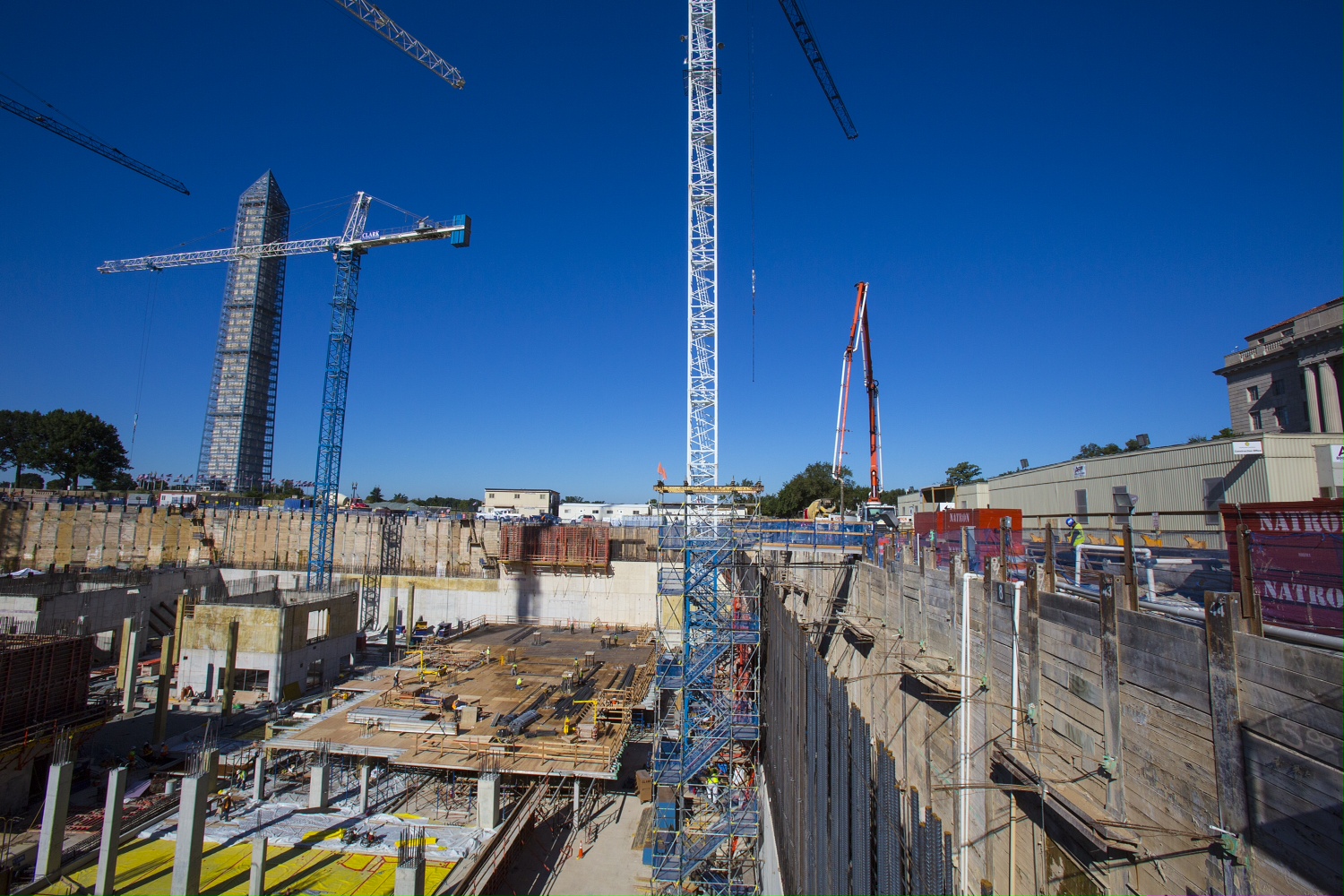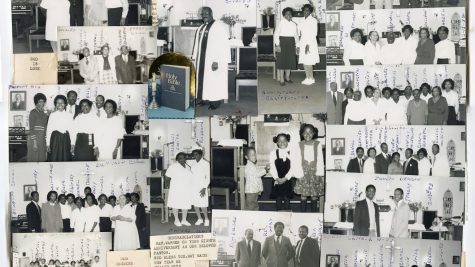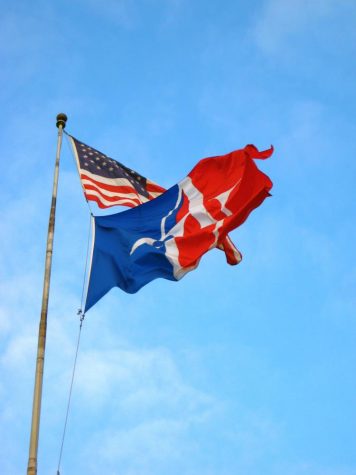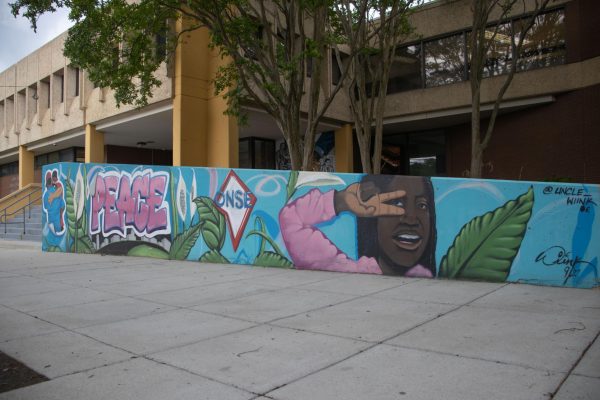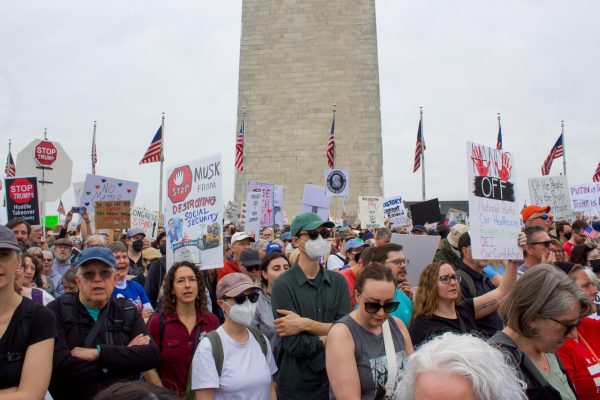A Museum Without Walls
The images are fuzzy, and the effect is eerie; the photographs—marred by blurriness, scratches and poor definition—spell a ghostly story of people forgotten by the American Dream. Many of those pictured may have never lived to benefit from emancipation or the Civil Rights Movement. They tower above you. The faces watch as you read stories condemning the marginalization of a people.
This exhibit, though housed in the National Museum of American History, is really the effort of the National Museum of African-American History and Culture, the newest branch of the Smithsonian. Its building, however, will not be completed until 2015, according to John Franklin, senior manager of the office of External Affairs for the new museum.
Franklin, however, sees the stories of Black America as too important to wait for construction.
“It’s a unique Smithsonian enterprise,” he said. “We did not have to wait for a building to show our value to the nation.”
The museum has been able to launch exhibitions and educational outreach through the support of other Smithsonian institutions, most notably the NMAH.
A main educational goal for Franklin is to preserve the parts of the African-American story that lie in the hands of the general public by teaching communities about the artifacts they own.
One program, called “Saving Our African-American Treasures,” travels to major museums around the country. NMAAHC staff encourage local communities to bring in anything that might serve as a historical artifact of the African-American experience, from a Willie Mays baseball to a signed ticket from a Beyonce concert. Staff then identify the significance of an object and instruct owners how to care for and preserve their items.
“We encourage all kinds of people who have artifacts, because you don’t have to be black to have a part of the African-American story, to bring them in,” Franklin said.
Other exhibits at the NMAH have also been organized by the new African-American museum. One exhibit, called “The Scurlock Studio and Black Washington: Picturing the Promise” displayed pictures from the Scurlock photography studio, a family business operating during the 20th century on U Street that photographed people like Marion Anderson and notable black visionaries. Some photos that showed daily life in blackWashington had unidentified subjects; visitors from the D.C. area were asked to help identify these people, if able.
“It allowed us to showcase Washington history to the nation,” Franklin said.
To Franklin, however, the importance of the new museum lies mostly in bringing previously unknown stories to a larger American audience. “The African-American story is often pushed to the side. You cannot understand American history without African-American stories,” he said.
“Changing America” will continue to run through September 2014. It was originally conceived to coincide with the 1963 March on Washington’s 50th anniversary, but exhibitors decided to extend the run, expanding the it from its original, commemorative intent.
“So many people were not alive at the time of the March on Washington,” Franklin said. “It would be a shame to close it so soon.”
Right now, the exhibit remains at the NMAH. Even without a building of its own, the exhibit, and the faces of the people it honors, refuse to be pushed aside.


